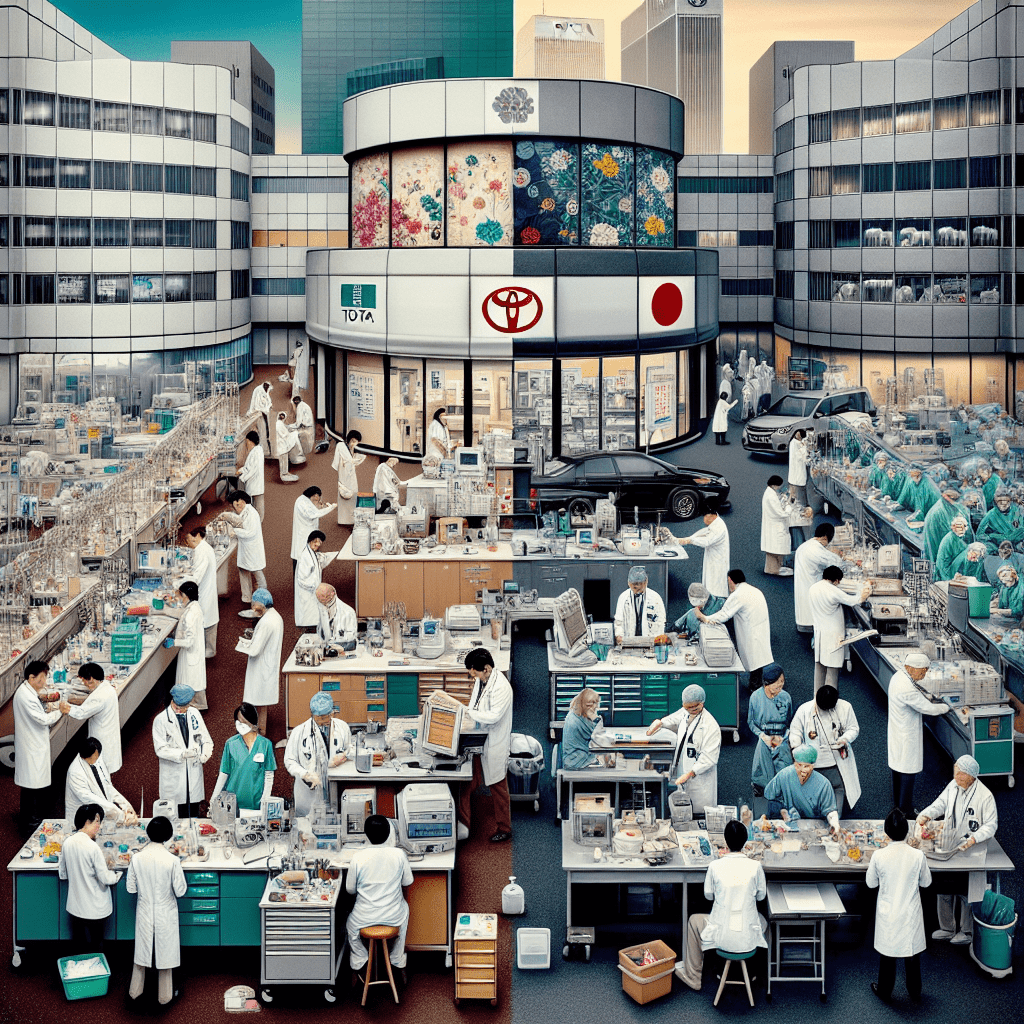
Designing for Humanity: Revolutionizing Spaces with User-Centric Approaches

Rethinking Our Spaces: The Future of Design is Here
You know, it’s high time we stopped taking the spaces where we learn, work, and heal for granted. Just picture it: a hospital ward designed with the patients in mind rather than just filling in a blueprint. Sounds revolutionary, doesn’t it? Well, there’s actually an impressive movement underway at the Centre for Design and Health in Switzerland that’s doing just that.
They are conducting full-scale simulations of hospital wards using something as simple as cardboard—yes, cardboard—combined with the creativity of volunteers and role-play to spot design flaws long before the first brick is laid. It’s a real eye-opener, and it got me thinking.
Why Space Design Matters
We often overlook how our surroundings affect our well-being. Take hospitals, for example. An architect recently discovered a classic blunder: a standard hospital bed couldn’t even fit down the corridor in the proposed design. This isn’t just a casual oversight; it’s a glaring example of how poor design can lead to significant costs—not just financially, but in patient care too.
With every error caught early, we save money for governments, hospitals, and most importantly, for the patients who rely on these facilities. This is what lean thinking is all about, and it drives home a crucial point: when you address potential pitfalls while change is still affordable, you create a better environment for everyone.
Learning Through Iteration: A Personal Connection
I’ve always believed in the power of learning through iteration. Whether in healthcare design or daily operations, the earlier we can experiment with ideas—at a low cost—the better. It reminds me of a time I was involved in a project where we encouraged a culture of open feedback. One day, a junior team member pointed out a flaw in our approach that none of the senior staff had considered. It was a lightbulb moment and demonstrated that a collaborative environment can reveal insights that save both time and resources.
Through these experiences, I’ve come to see mistakes not as failures, but as pathways to growth. The real tragedy lies in failing to learn from them. After all, in my explorations of lean hospitals, I found that how a building is designed can either facilitate or hinder the delivery of care.
Engaging Users: A Missing Link
Here’s a thought-provoking question I often ask leaders: “When will you involve those who will actually experience the results?” It’s surprising how many decisions are finalised before consulting the very people who’ll be impacted the most—patients, clinicians, support staff—you name it. We simply can’t afford to overlook their insights.
Imagine the outcomes if we changed that narrative. If we created a culture where testing and learning are welcomed long before the stakes are high, we’d be laying the groundwork for a more effective design that truly respects human needs. Spaces should not just be functional but should promote safety, comfort, and healing.
The Challenge Ahead: What Are We Waiting For?
Let’s be honest. The status quo is comfortable, but it’s not always the best for our communities. Shifting focus to user involvement requires a collective decision to engage early and to embrace a learning culture. So what hurdles do you think we face in making this reality? Is it our hesitance to change, budget constraints, or the age-old fear of making mistakes?
As we stand at this crossroads in design and healthcare, we have a responsibility to push forward. Not just for ourselves, but for those who will inhabit the spaces we create. Let’s rethink how we design our environments, allowing trial and error to be part of the process.
In the end, it’s not about loving design; it’s about creating spaces that respect and cater to people. And that, my friends, is a mission worth pursuing.
So here’s my question for you: How can we inspire a movement towards better-designed spaces that reflect the needs and experiences of the users? Let’s have a chat.




